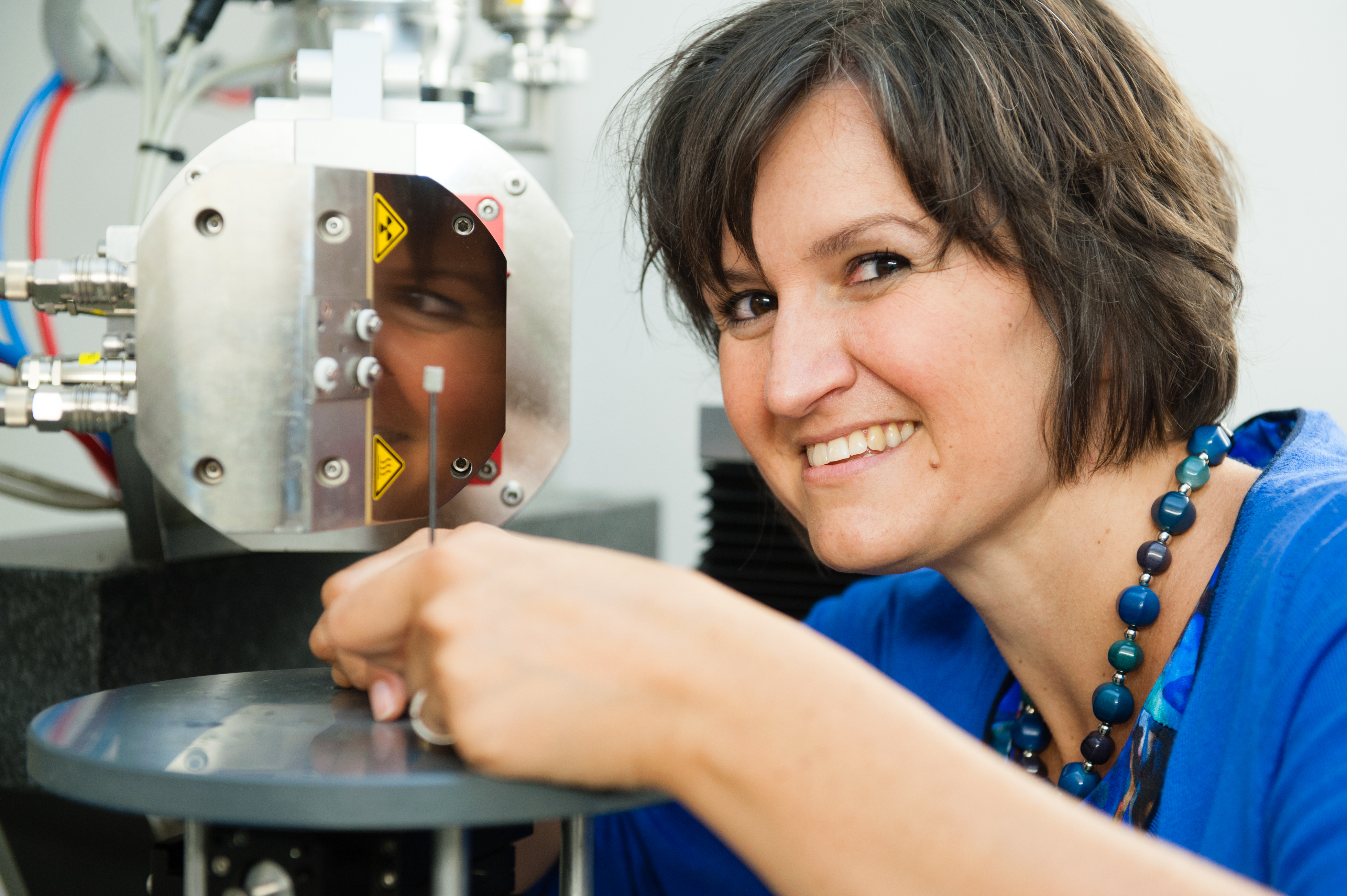- October 28, 2020
- Posted by: SebastianRiedel
- Category:
Lecturer 2020:
Professor Veerle Cnudde
Ghent University (Belgium)
Bio
Prof. Veerle Cnudde received a PhD in Geology in 2005 from Ghent University (Belgium) where she has been a research professor since 2010. She is team leader of PProGRess (www.pprogress.ugent.be), the Pore-scale Processes in Geomaterials Research group (Dept. of Geology, UGent) and is one of the coordinators of the Ghent University Expertise Centre for X-Ray Tomography (UGCT). She was one of the co-founders of the UGCT spin-off company Inside Matters, which later merged with the spin-off company XRE, now part of TESCAN.
She specializes in non-destructive imaging of geomaterials and has a strong expertise in real-time imaging of processes in the pore space. Research projects which she has initiated are strongly linked to weathering and fluid flow processes of porous sedimentary rocks, as well as conservation of building stones.
Prof. Veerle Cnudde has published more than 100 peer-reviewed journal articles. She is currently the Chair of the Proposal Review Committee (PRC) of the TOMCAT beamline at Swiss Light Source (SLS). She is one of the co-founders of InterPore BENELUX and an elected Council Member of InterPore. In 2019, she became a part-time Full Professor at the Environmental Hydrogeology group at Utrecht University in the field of “Porous media imaging techniques”.
Title of the lecture:
Unravelling pore-scale processes in geomaterials
Physical, chemical and biological weathering has a constant effect on the earth’s landscape. This also impacts our building infrastructure, as stone and masonry are damaged by a combination of different processes, such as chemical attack, biological colonization, water infiltration and changes in temperature. Fluid flow, reactive transport, nucleation, dissolution, precipitation and mass transport are crucial processes occurring inside the pore system of geomaterials. To fully understand the macroscopical behavior of geomaterials in this context, their pore scale properties and processes have to be understood. The stone’s mineralogy and pore structure strongly affect key internal pore scale processes. These processes have been studied indirectly by micro- and macroscopic observations and laboratory experiments. Although this provides valuable information, the key drivers of these processes are to be studied at the pore scale. To explore these dynamic pore-scale processes, several non-destructive 3D and 4D methods are currently available. These tools provide additional important insights. Unravelling pore-scale processes in combination with pore scale modelling is an essential step towards understanding and predicting a geomaterial’s macroscopic behavior correctly.
The presentation discusses the current possibilities and challenges in non-destructive pore-scale imaging of geomaterials and how this data can be used as input for fluid flow models and their validation. Additional new developments at the synchrotron and on lab-based X-ray systems related to material characterization as well as to the understanding of pore-scale processes are discussed. Examples will be given of different experiments related to the characterization and the imaging of dynamic pore scale processes in (geo)materials.


